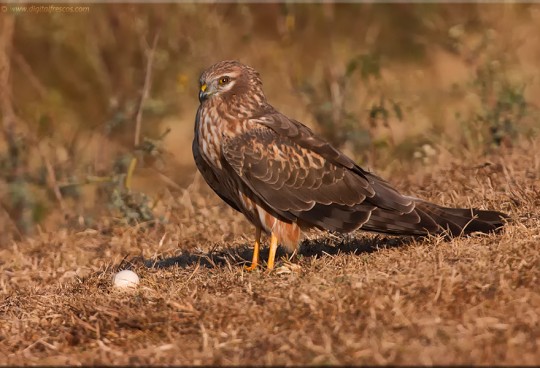The white-bellied woodpecker or great black woodpecker (Dryocopus javensis) is found in evergreen forests of tropical Asia, including the Indian subcontinent and Southeast Asia. It has 14 subspecies, part of a complex including the Andaman woodpecker (Dryocopus hodgei) (earlier treated as a subspecies). Many island forms are endangered, some are extinct. Populations differ in the distribution and extent of white. They are among the largest of the Asiatic woodpeckers and nest in large dead trees, often beside rivers. Their drums and calls are louder than those of the smaller woodpeckers. This species is one of the largest living species of woodpecker. Adults range in size from 40 to 48 cm (16 to 19 in) and are second in size only to the great slaty woodpecker among Asian woodpecker species. The species is considered closely related to the more northern black woodpecker and the North American pileated woodpecker and is similar in size to these species.
This large black woodpecker is usually seen singly or as a pair, which may sometimes be accompanied by a third bird. They have a dipping in which the loud single note, a laugh-like chiank call, is produced. They also produce loud drumming, especially in the breeding season. The breeding season is mainly January to March. The nest is built in a large dead tree, often in open forest. Diet comprises large ants and their brood, termites (Isoptera), beetles and their (large) wood-boring larvae, also other insects. Not globally threatened and is classified as Least Concern by IUCN. It is Local and uncommon throughout range; uncommon to rare and very local in India.
![]()






Sorry, the comment form is closed at this time.